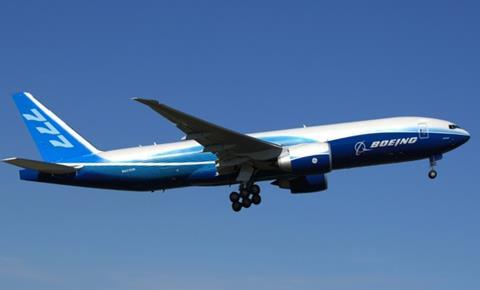
More than 30,000 workers employed by aerospace business Boeing in Seattle and Portland in the United States (US) have begun strike action after rejecting a pay offer.
The employees, who work on constructing planes including the 737 Max and 777, are members of the International Association of Machinists and Aerospace Workers union. Around 95% of those who voted in the ballot rejected the previous pay offer, while 96% were in favour of strike action until a new agreement can be reached.
The rejected offer included a new floating holiday, reduced mandatory overtime, 12 weeks of paid parental leave, lower cost share for improved healthcare, a free primary care benefit, two 401(k) pension plans and more automatic employer contributions, and an 11% pay rise from day one. It also offered job security and a $3,000 (£2,281) lump sum payment within 30 days if the contract was ratified by 12 September.
A Boeing spokesperson said: “The message was clear that the tentative agreement we reached was not acceptable to members. We remain committed to resetting our relationship with our employees and the union, and we are ready to get back to the table to reach a new agreement.”
An International Association of Machinists and Aerospace Workers spokesperson added: “We are incredibly proud of the hard work and dedication shown by the negotiating teams from District 751 and W24 and the unwavering solidarity of our membership. Their tireless efforts have been on display throughout this entire process. Now, they will regroup and begin planning the next steps on securing an agreement that our membership can approve. Our goal is to get a strong contract that meets the needs of our members.”
In a video message before the rejection, Stephanie Pope, president and chief executive officer at Boeing Commercial Airplanes, stated: “We’ve heard what’s important to you for the new contract. It offers the largest-ever general wage increase, lower medical cost share to make healthcare more affordable, greater contributions toward retirement, and improvements for a better work-life balance.”
















